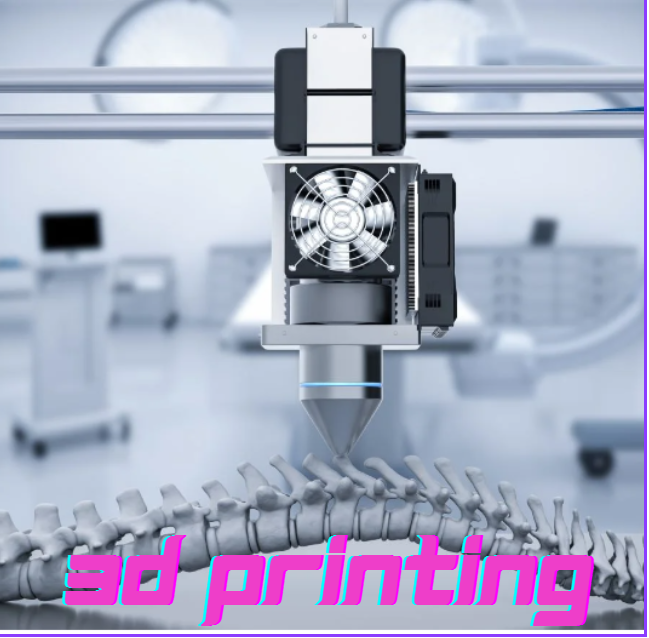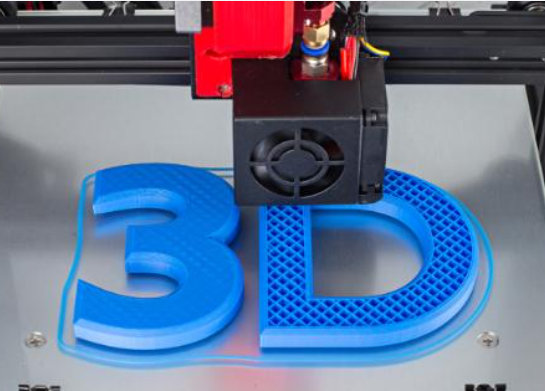A fast developing technology, 3D printing has the potential to completely alter how we work and live. It is already utilized to make a wide range of goods, including food, clothing, and medical gadgets. Additionally, technology will only advance, growing stronger and more adaptable.
Table of Contents
We’ll discuss the incredible capability of 3D printing in this blog article. We will talk about how technology is used in various fields and examine some of the ways it is transforming society.

What is 3D printing?
A digital file is used in the 3D printing process to produce three-dimensional things. A 3D printer employs a range of materials, like plastic, metal, or food, to build the object layer by layer after cutting the file into thin layers.
3D printers come in a wide variety of designs, each with unique advantages and disadvantages. While some printers are better suited for producing final goods, others are designed for producing prototypes.
The power of 3D printing

printing is a powerful technology with a wide range of applications. Here are just a few examples:
- Manufacturing: 3D printing can be used to create prototypes and finished products for a variety of industries, including automotive, aerospace, and medical.
- Healthcare: 3D printing is being used to create custom medical devices, such as prosthetics, implants, and surgical guides.
- Education: 3D printing is being used to create educational tools, such as models and simulations.
- Fashion: 3D printing is being used to create customized clothing and accessories.
- Food: 3D printing is being used to create food products, such as pastries and pizzas.
- Construction: 3D printing is being used to create prototypes and finished products for buildings and other structures.
These are only a few of the numerous applications for 3D printing that exist today. In the years to come, it’s conceivable that we will witness even more incredible and cutting-edge uses as technology progresses.
The future of 3D printing
3D printing has a very promising future. New applications are continually being found as a result of the technology’s ongoing evolution. It is probable that 3D printing will proliferate and become more widely available as 3D printer prices continue to fall.
The way we live and work could be completely changed by this. For instance, 3D printing might be used to make unique products for each person or to produce meals whenever they are needed. It could also be utilized to develop fresh, original answers to issues across several businesses.

The possibilities are endless. 3D printing is a truly revolutionary technology that has the potential to change the world.
I hope this article has given you a better understanding of the mind-blowing power of 3D printing. This is a truly revolutionary technology that has the potential to change the world in many ways.
FAQ
How does 3D printing work?
A computer model is divided into thin layers, which are then printed one on top of the other in 3D. Layer by layer, the printer deposits materials like plastic, metal, or resin to progressively assemble the finished thing.
What materials can be used in 3D printing?
A vast variety of materials, including polymers, metals, ceramics, resins, and even food, can be used in 3D printing. The type of 3D printer used and the desired properties of the finished object influence the material choice.
What are the applications of 3D printing?
3D printing has diverse applications across industries including manufacturing, healthcare, aerospace, automotive, fashion, architecture, and more. It’s used for creating prototypes, customized medical implants, intricate jewelry, and even building houses.
Is 3D printing only for professionals?
No, 3D printing has become increasingly accessible to hobbyists, educators, and enthusiasts. There are user-friendly 3D printers designed for beginners and a wealth of online resources to guide newcomers through the process.
How accurate is 3D printing?
The accuracy of 3D printing depends on various factors including the printer’s resolution, the design’s complexity, and the material used. High-end printers can achieve fine details, while lower-cost printers might have some limitations.
Can 3D printers create functional objects?
Yes, 3D printers can create functional objects. For example, in industries like aerospace and healthcare, 3D-printed parts are used in actual products. However, the strength and durability of the printed object can vary depending on the material and printing process.
What’s the difference between FDM and SLA 3D printing?
Two popular 3D printing techniques are stereolithography (SLA) and fused deposition modeling (FDM). Layer by layer, FDM extrudes melted filament, whereas SLA employs light to cure liquid resin. While SLA creates prints that are smoother and more detailed, FDM is renowned for being more reasonably priced.

